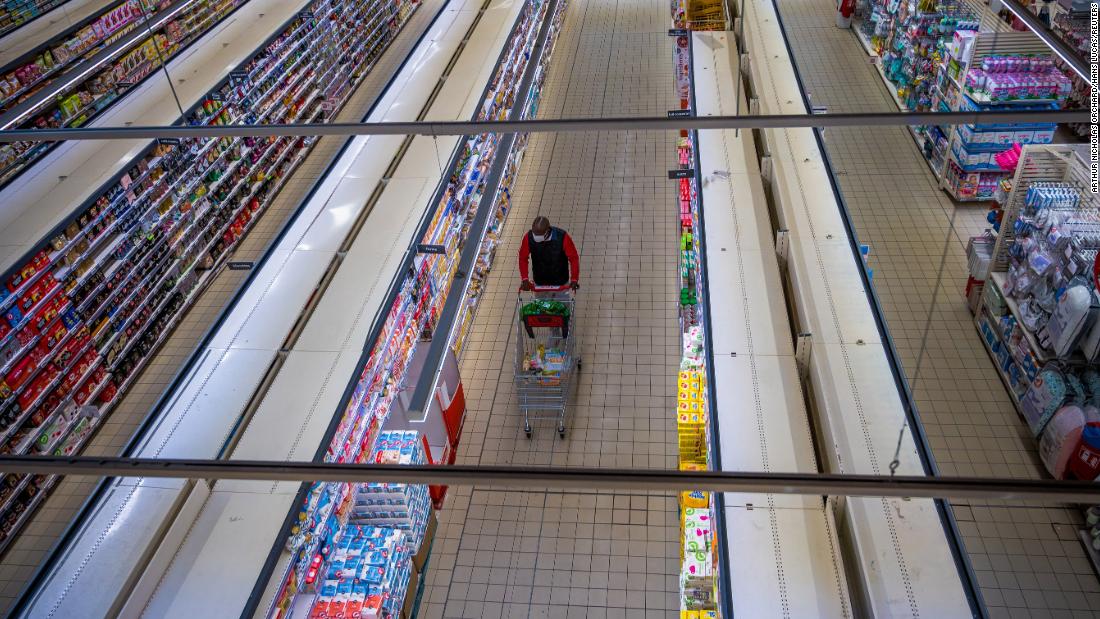
Preliminary first quarter data published Friday showed GDP grew by 0.2% across the 19 countries that use the euro, over the previous quarter. That was weaker than the 0.3% growth recorded in the final three months of 2021.
Germany, the region’s biggest economy, reported GDP growth of 0.2%. That was an improvement on the contraction seen in the fourth quarter of 2021. But the pace of activity likely slowed towards the end of the January-March period following Russia’s invasion of Ukraine on February 24.
“The economic consequences of the war in Ukraine have had a growing impact on the short-term economic development since late February,” the German statistics office said a statement.
Its huge industrial base is already under enormous pressure from sky-high energy prices and global supply disruptions made worse by the war and sanctions. Manufacturing output contracted this month, falling to its lowest level since June 2020, according to survey data from S&P Global, and slumping confidence could spell a protracted downturn.
France is already there.
Europe’s second biggest economy stalled in the first quarter, with GDP flatlining and inflation hitting a new record high. Consumers responded by closing their wallets: household spending fell 1.3% in the three-month period.
Italy fared even worse. Its economy shrank by 0.2% in the first quarter.
